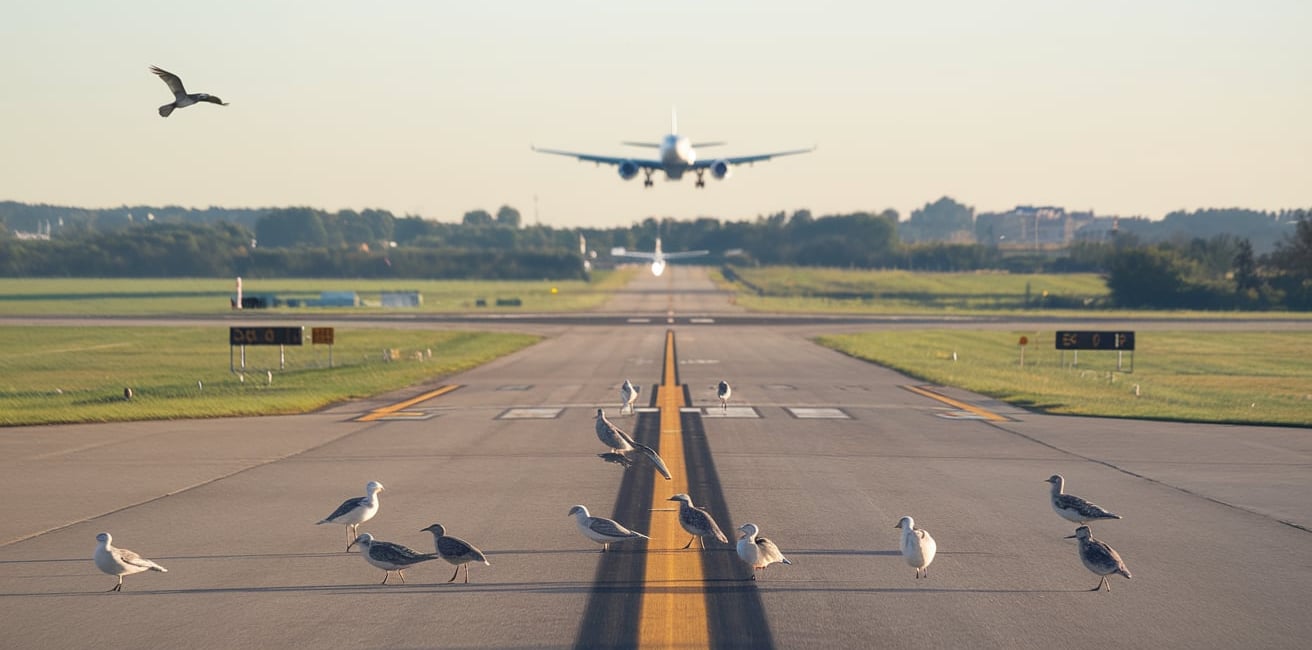Navigating the Skies Safely: Introduction to Wildlife Hazard Management at Aerodromes
An overview of the importance of managing wildlife hazards at aerodromes, highlighting regulatory frameworks and best practices to ensure aviation safety.
FUNDAMENTALS OF WILDLIFE HAZARD MANAGEMENT
Waleed MAHROUS
12/5/20241 min read


Wildlife, particularly birds, pose significant risks to aircraft operations. Collisions between aircraft and wildlife can lead to substantial damage and, in severe cases, catastrophic accidents. To mitigate these risks, international aviation authorities have established comprehensive guidelines:
International Civil Aviation Organization (ICAO): ICAO's Annex 14 emphasizes the necessity for aerodromes to assess and manage wildlife hazards. It mandates the implementation of Wildlife Hazard Management Plans (WHMPs) and continuous monitoring to minimize risks (ICAO).
European Union Aviation Safety Agency (EASA): EASA provides detailed guidance on wildlife strike hazard reduction, outlining aerodrome operators' responsibilities to establish procedures that mitigate wildlife collision risks (EASA).
Airports Council International (ACI): ACI's Wildlife Hazard Management Handbook offers best practices for airport operators. It focuses on habitat management, wildlife control techniques, and staff training to effectively reduce wildlife-related incidents (ACI Store).
Implementing these guidelines is crucial for maintaining aviation safety and protecting both human lives and wildlife.

